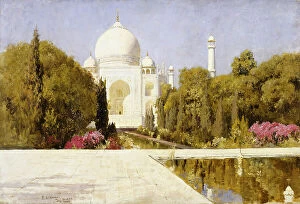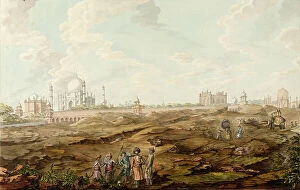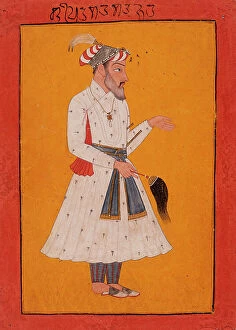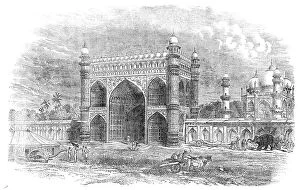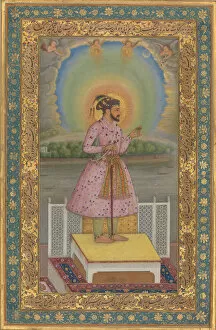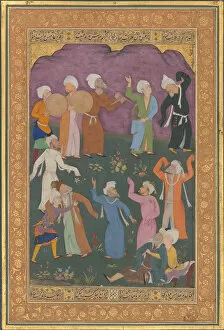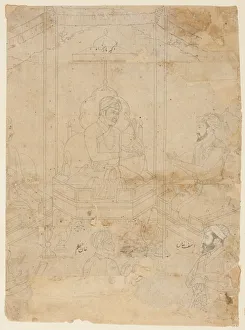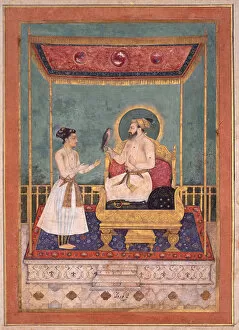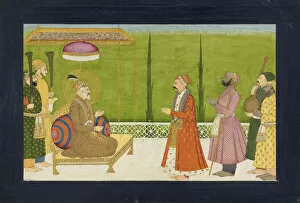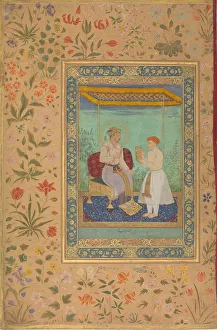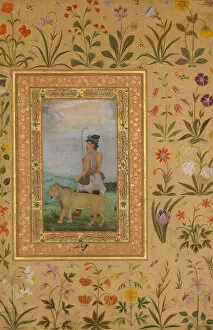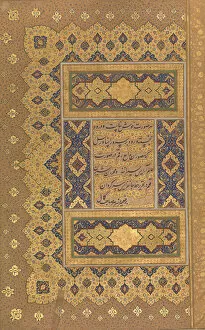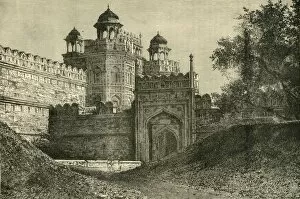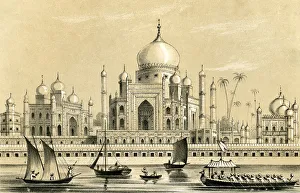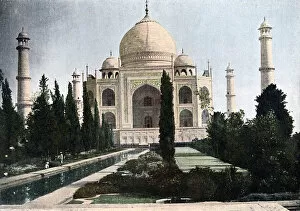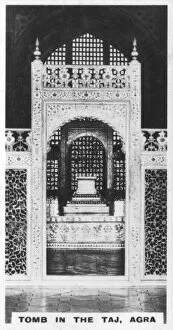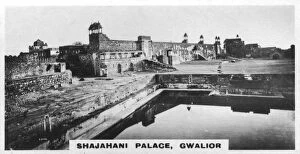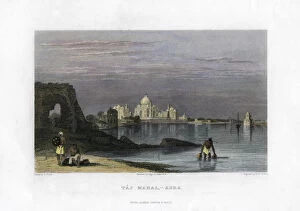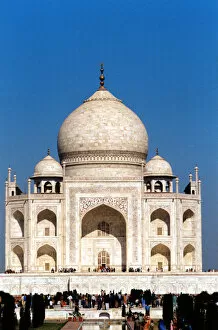Khurram Collection
"Khurram: A Journey Through Mughal History" Step into the enchanting world of Khurram, a name that echoes through the grandeur of Mughal history
All Professionally Made to Order for Quick Shipping
"Khurram: A Journey Through Mughal History" Step into the enchanting world of Khurram, a name that echoes through the grandeur of Mughal history. From the majestic Taj Mahal in Agra to the intricate folios depicting Shah Jahan's reign, Khurram's presence is felt throughout. In 1895, an unknown creator captured the timeless beauty of the Taj Mahal, a testament to Shah Jahan's undying love for his beloved wife Mumtaz. The sight leaves one breathless, just as it did when it was first unveiled centuries ago. One cannot help but be captivated by "Shah Jahan on a Terrace, " holding a pendant set with his own portrait. It showcases his regality and devotion to artistry, reflecting his refined taste and passion for preserving memories. The mesmerizing "Dancing Dervishes" folio from the Shah Jahan Album transports us back to ca. 1610 when music and spirituality intertwined harmoniously in Mughal culture. The delicate strokes reveal both grace and mysticism. Jahangir and Prince Khurram find themselves immortalized in another masterpiece from c1624-1625. Joined by Nur Jahan, their vibrant personalities shine through as they navigate courtly life amidst opulent surroundings. A procession scene unfolds before our eyes from a copy of Padshanama dating back to c. 1650 – musicians filling the air with melodies that once echoed within royal palaces while celebrations filled every corner with joyous revelry. Witness Akbar humbly offering Timurs Crown to Shah Jahan; this symbolic gesture captures not only respect for heritage but also acknowledges Shah Jahan's rightful place as an emperor who would leave an indelible mark on history. Jahangir and Prince it can entertained by none other than Nur Jahan herself in another captivating artwork from ca. 1640-50.


